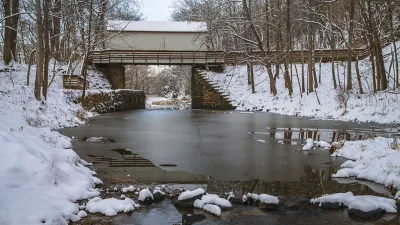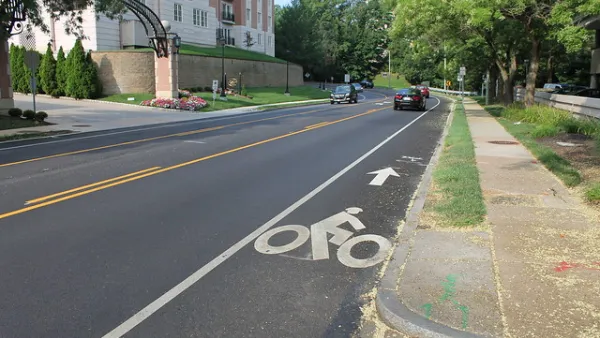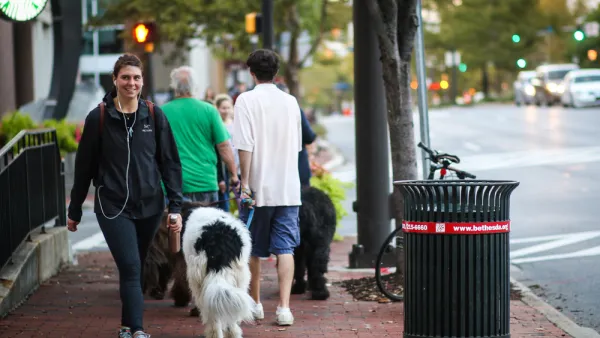Concepts like erasure, greenfield development, and easements figure into this story about a rural community on the fringes of suburban development in Maryland's Montgomery County.

"The 'Farm Road' case in Maryland’s Montgomery County is a troubling example of rural gentrification and historical erasure," according to an article by David Rotenstein.
The process of rural gentrification described is the result of a widening "gap in the low value of the property as agricultural versus a potential greater value if it were to be developed," according to Rotenstein. The "rent gap" in rural communities means that working-class residents are at risk of displacement—just as they would be under similar circumstances in urban areas.
After introducing the concept of rural gentrification, as described above, Rotenstein goes on to examine the example of a community formed around the "Farm Road" in Montgomery County—a "historically African American community created by freed slaves who bought land and cultivated farms near Sandy Spring, about 30 miles north of the U.S. Capitol."
The Farm Road at the center of the controversy was a vernacular place name for a route that emerged "over more than a century of agricultural use," but not as a dedicated public right-of-way. In other words, Farm Road didn't exist, which precipitated decisions by the Montgomery County Planning Department to claim that addresses along the road also didn't exist. That lowered property values for homes along the road and led to disputes between local residents and the planning department, as well as local residents and the residents of nearby developments.
Rotenstein provides more details about the legal fallout from the controversy, which most recently included a ruling by the Maryland Court of Appeals that went against the residents of Farm Road. An article from 2008 by Margie Hyslop provides more details about the controversy as it unfolded.
FULL STORY: Farm Road: Rural gentrification and the erasure of history

Analysis: Cybertruck Fatality Rate Far Exceeds That of Ford Pinto
The Tesla Cybertruck was recalled seven times last year.

National Parks Layoffs Will Cause Communities to Lose Billions
Thousands of essential park workers were laid off this week, just before the busy spring break season.

Retro-silient?: America’s First “Eco-burb,” The Woodlands Turns 50
A master-planned community north of Houston offers lessons on green infrastructure and resilient design, but falls short of its founder’s lofty affordability and walkability goals.

Test News Post 1
This is a summary

Analysis: Cybertruck Fatality Rate Far Exceeds That of Ford Pinto
The Tesla Cybertruck was recalled seven times last year.

Test News Headline 46
Test for the image on the front page.
Urban Design for Planners 1: Software Tools
This six-course series explores essential urban design concepts using open source software and equips planners with the tools they need to participate fully in the urban design process.
Planning for Universal Design
Learn the tools for implementing Universal Design in planning regulations.
EMC Planning Group, Inc.
Planetizen
Planetizen
Mpact (formerly Rail~Volution)
Great Falls Development Authority, Inc.
HUDs Office of Policy Development and Research
NYU Wagner Graduate School of Public Service



























